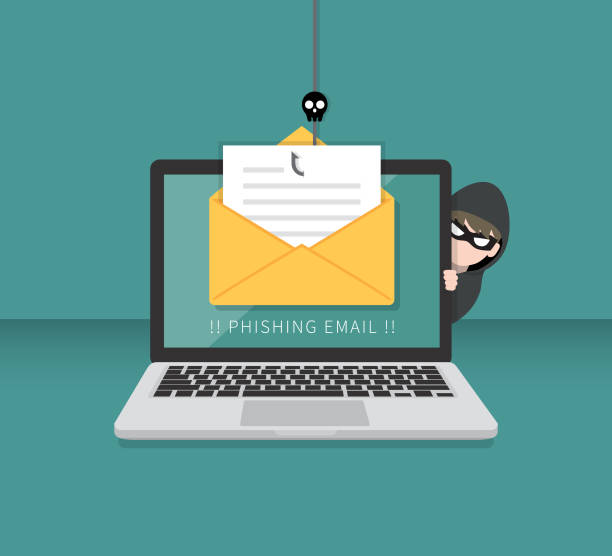Trying to keep up with today’s security threats can be exhausting. By implementing stronger authentication methods, you can prevent 80% of all breaches…
Increasing your organizations’ authentication methods may seem like a daunting task. However, if by doing so, you’re able to avoid 80% of all breaches, it’s certainly something to consider. Enhancing your verification process will not only protect consumer data, but control costs and reduce IT burdens. CSO from IDG provided the following six methods businesses are able to implement to increase security:
- Access management – Although access to data is needed for employees to complete their job duties, the level of employees’ access may need to be reevaluated. An access administration audit can assist in determining if your company’s level of controls are functioning appropriately, or if certain individuals or departments have elevated rights that are not needed to perform their basic job duties. You can also implement a multi-factor authentication process to ensure access requires more than just a password to retrieve data. PC Matic Pro Authentication offers the industry’s first three-factor authentication tool that confirms location, device and user credentials to ensure security. This technology also offers a unique strike-back feature that can be used when IT administrators suspect suspicious activity. They’re able to deny the authentication and have the option to lock down the suspected device.
- Technological mobility – As employees, we are consistently connected through smart phones, smart watches, laptops, etc. Employers need to be aware of what devices are accessible to their networks. Network access needs to be controlled by only allowing approved devices as well as requiring authentication for remote access.
- Securing the cloud – Many companies are using a cloud-base infrastructure to hold their sensitive data. In doing so, organizations must be sure this platform is secure. Hackers often will use this infrastructure to gain access to an organization. Once they find one bit of information, they’re able to move down the attack chain. One method of securing your cloud-based infrastructure is by implementing multi-factor authentication.
- Plan ahead – According to CSO, it’s not if, but when your information is breached. Therefore, being proactive and having an incident response plan will be imperative in business continuity.
- Enhancing passwords – Stricter passwords are always encouraged. As users, it can be frustrating trying to keep track of all of our passwords. To enhance password protection, it is encouraged users use passphrases and/or words that cannot be found in the dictionary. Multi-factor authentication is another means to increase security by adding different methods of authentication than simply passwords.
- Meeting compliance regulations – All organizations should have some basic level of compliance regulations. These should be reviewed on an annual basis. During said review, authentication levels should be reevaluated to ensure these compliance regulations are being met.




